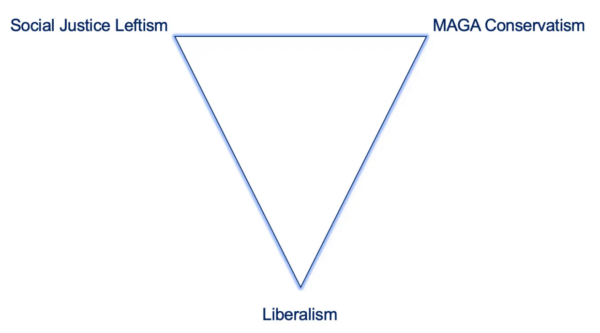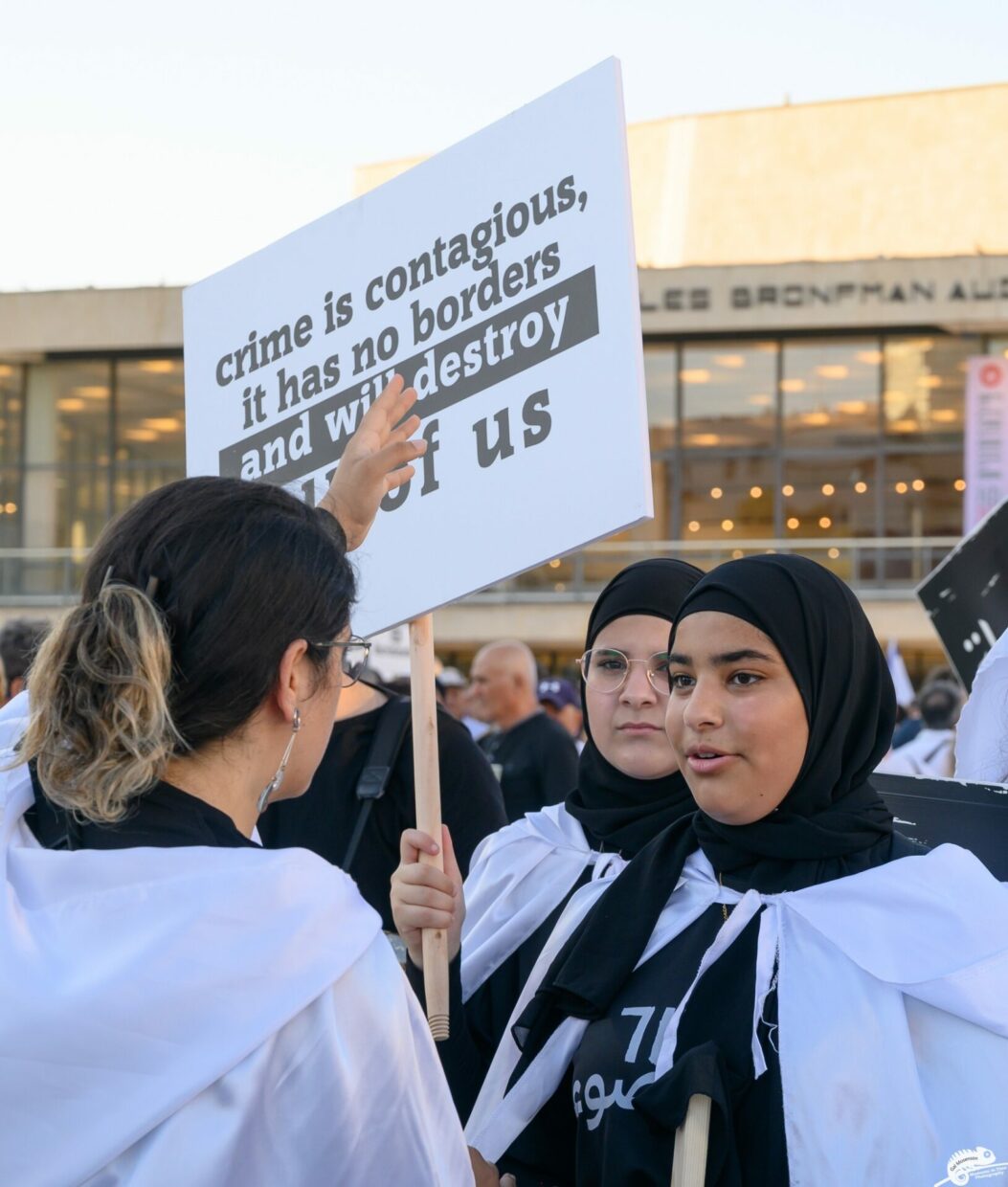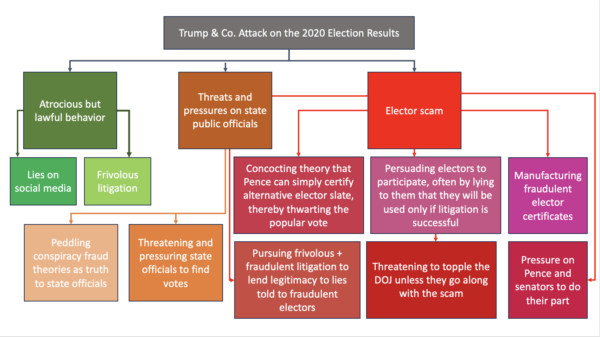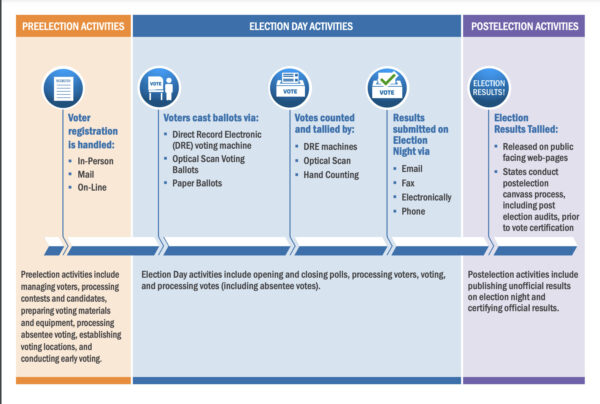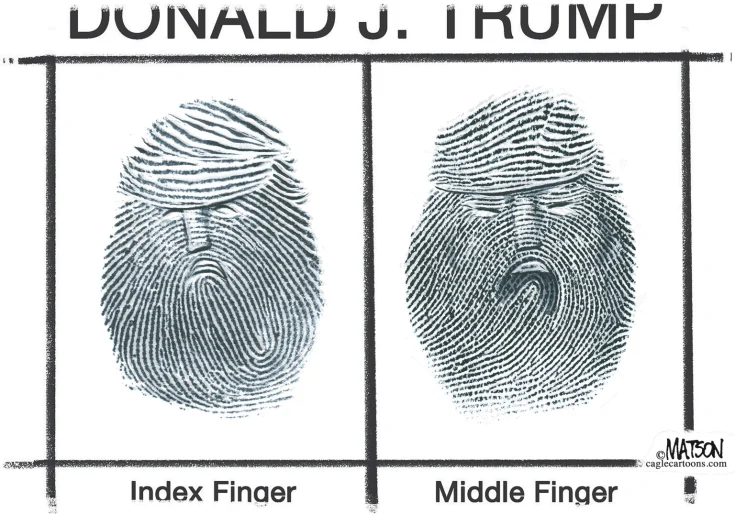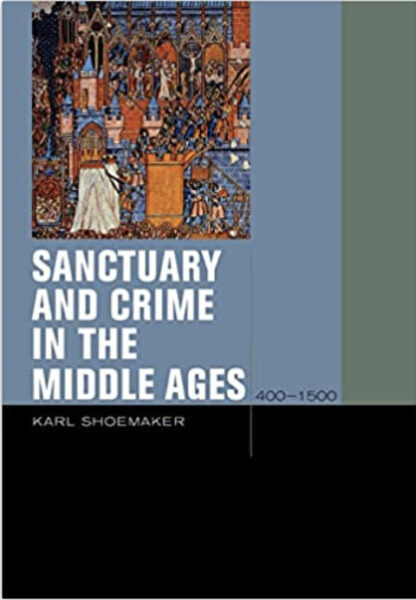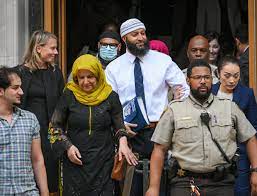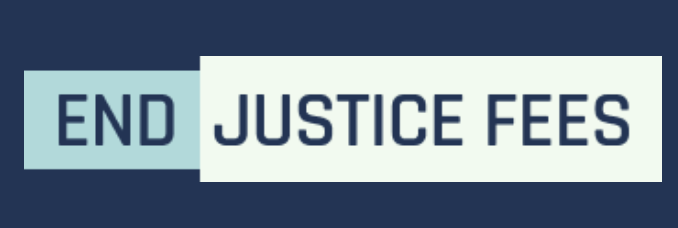Since writing this, and reading this, I expected things to deteriorate, and of course, they have: students who have publicly supported terrorists are suing private law firms that rescinded their job offers. This is absurd for reasons I’ve explained in a prior post:
It is also important to distinguish the right to free speech from the consequences of putting oneself out in public espousing horrendous views. Several law students in fancy schools are finding out, to their shock and surprise, that law firms are not all that keen to hire people who publicly extol the virtues of slaughtering, raping, maiming, burning alive, beheading, and kidnapping people. That being an antisemitic idiot with repugnant views is not a professional asset and has consequences in the job market shouldn’t be particularly surprising, unless you spent your undergraduate years under the tutelage of morally bankrupt people for whom espousing these “edgy” and “interesting” views was a calculated career strategy that catapulted them to prominence in fields like ethnic studies (read here a courageous letter by a UC Regent calling out the Ethnic Studies faculty council letter for what it is.) No wonder these students think they can spew horrid opinions in public and face no consequences whatsoever. What I find most amazing about the whole thing is that some of my colleagues are surprised by what they see on the campus quad. How is any of this surprising? Academic institutions, including the ones I work for, have breathed life into this Golem for years, and the last thing they should find astonishing is when it comes for them. They taught these people, but they didn’t educate them, and the proof’s in the rancid pudding.
But the thing that really gets my goat about this ridiculous lawsuit is that I’ve spent years either representing, or consulting for, activists, direct action folks, civil disobedients, etc. Doing this kind of work hones one’s fine sense of smell for who is the real deal and who is a performative, egomaniacal joke, i.e., who truly wants to effectuate change in world and who wants people to applaud them online. One tell-tale sign is that people who truly and selflessly believe in what they are doing are willing to take the risk of harsh consequences for what they believe. The animal rights folks I helped defend did not believe they were committing a crime by saving animals and documenting animal abuse in factory farms, but they did know that the counties that house these farms and the Farm Bureau lobbyists that fund the justice system in these counties would consider what they did a crime, and the result could be arrest, prosecution, conviction, and incarceration. They welcomed this eventuality, which would be very unpleasant for them, because they thought that criminal trials would be a way to raise the issues publicly whether or not they won and lost (of course, these are not all animal rights activists: many of them would rather make pig noises at Jewish speakers in City Hall than to do actual animal rights work, i.e., help the many animals who suffer from the war on both sides of the border. But that’s neither here nor there).
Anyone who thinks that a private lawsuit against a firm to protect one’s own bright future and pecuniary interests is going to move the needle on war in the Middle East is either disingenuous or an idiot (or both). Perhaps as disingenuous, or as much of an idiot, as the NLG clowns who advised law students that disrupting an event at someone’s private residence, which you are attending thanks to the owner’s personal generosity, somehow counts as consequence-immune free speech. Since it appears that all these supposed lawyers and law students have completely forgotten what they were taught in constitutional law, here are some reminders of the basics, complete with examples.
The First Amendment reads as follows:
Congress shall make no law respecting an establishment of religion, or prohibiting the free exercise thereof; or abridging the freedom of speech, or of the press; or the right of the people peaceably to assemble, and to petition the government for a redress of grievances.
Like the entire U.S. Constitution, the First Amendment operates in the individual-versus-government space. It is the government that is forbidden from curtailing one’s free speech in public, not private entities–be they individuals, faculty members, students, student groups, etc.–and certainly not in private spaces. This is why suing a private employer who doesn’t want a shrill terrorism supporter to draw a salary from them is absurd. Here are a few other examples:

Also, odious as the “context” comments of the university presidents were at the hearing were, they were legally correct: when deciding whether something is protected or not, context does matter a lot:

Here are some recognized exceptions to the freedom of speech:

And here are the rules about some of the exceptions that come up most frequently in the context of student and faculty opinions about the war:
Fighting Words. These are defined, per Chaplinsky v. NH (1942), as words which “by their very utterance, inflict injury or tend to incite an immediate breach of the peace. It has been well observed that such utterances are no essential part of any exposition of ideas, and are of such slight social value as a step to truth that any benefit that may be derived from them is clearly outweighed by the social interest in order and morality.” The burden of proof is pretty high–Clear and Present Danger, per Termiliano v. Chicago (1949).
Defamation. I’ve seen examples of horrific maligning of people on social media. Insofar as these people are public figures, it will be hard to prevail on defamation. Per NYT v. Sullivan (1964), “[t]he constitutional guarantees require, we think, a federal rule that prohibits a public official from recovering damages for a defamatory falsehood relating to his official conduct unless he proves that the statement was made with ‘actual malice’ – that is, with knowledge that it was false or with reckless disregard of whether it was false or not.”
Incitement to Imminent Lawlessness/Violence. Here, too, hyperbole doesn’t suffice to create the exception: “The question in every case is whether the words used are used in such circumstances and are of such a nature as to create a clear and present danger that they will bring about the substantive evils that Congress has a right to prevent.” The example given in Schneck v. U.S. (1919) is the classic “shouting ‘fire!’ in a crowded theatre.”
True Threat. It is not protected speech to “direct a threat to a person or group of persons with the intent of placing the victim in fear of bodily harm or death” (VA v. Black (2003)), but most of the stuff that gets yelled around campus would not be classified as “true threat” but rather as “political hyperbole.” For example, to say during the Vietnam war, “If they ever make me carry a rifle, the first man I want to get in my sights is L.B.J.” is the latter (Watts v. U.S. (1969)).
Solicitation to Commit Crime. In criminal law, at common law, the term “solicitation” applies to a scenario where a person requests or induces another person to commit an act that would amount to a felony. In the context of the First Amendment, the Supreme Court has punted on opportunities to clearly define criminal solicitation. Again, judging from the other exceptions, specificity would be key here.
As you can see, this means that free speech is very broad in the U.S. context. Which doesn’t mean that using it incessantly is necessarily a good idea. Recently, a beleaguered Harvard concluded that the best policy is to stay away from statements and proclamations on matters that do not directly concern the educational mission of the school (Syracuse is following, and I expect other schools as well–my own workplace does this, and this letter from the Dean of Stanford Law makes the same point.) But this does not apply, obviously, to individuals within the university. I know very well what it’s like to work and study when surrounded by behaviors that are covered by the First Amendment, none of which on its own is beyond the pale, but whose cumulative effect is corrosive. Because, just like the people yelling and distributing terrible flyers, you are an individual with free speech rights, use them! Take a page out of Ron Hassner’s initiative. I joined him for one night at my office and it felt good to do or say something, too, not just remain mute in the face of upsetting things happening.
That said, you and your psyche come first, and we could all immensely benefit from stopping the ridiculous concept creep of the phrase “I felt unsafe.” Choose your battles, act accordingly, and shrug off any nonsense that will not move the needle one way or the other. If you think that this stuff will affect your actual safety (not just your job satisfaction), then I think you should act.



